Tesla Ordered to Refund $10,600 per Owner over HW3's Incompatibility with FSD Upgrade
 RobertJul 08, 2025, 12:12 PM
RobertJul 08, 2025, 12:12 PM
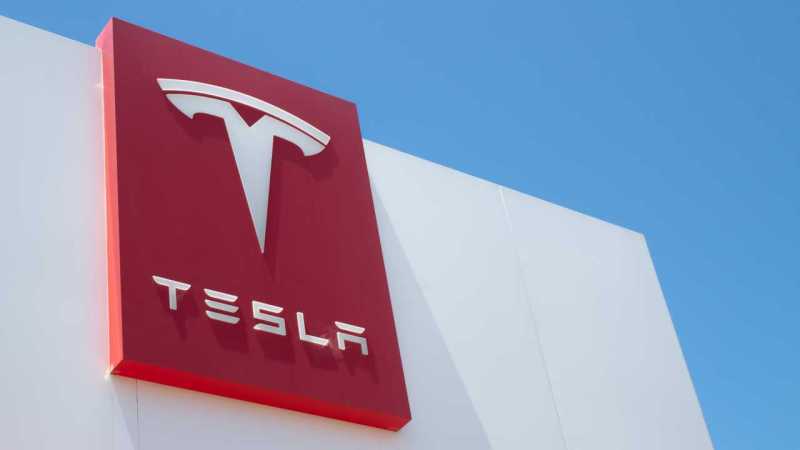
【PCauto】The California court recently ruled in a class-action lawsuit against Tesla, ordering the company to refund the cost of the "Full Self-Driving" (FSD) package to some early vehicle owners, with each refund amounting to $10,600, as well as to cover relevant litigation expenses. The ruling stems from owners' allegations that Tesla failed to deliver on its FSD functionality promises.
The Case Stems from Tesla Cars Made Before 2019 That Couldn’t Upgrade to FSD
The heart of the case is Tesla cars made before 2019. These vehicles came with the Hardware 3.0 system, which was supposed to support future Full Self-Driving features. According to evidence from the plaintiffs, Tesla had clearly promised during sales that all cars with HW3.0 would be able to get full FSD through future OTA software updates.
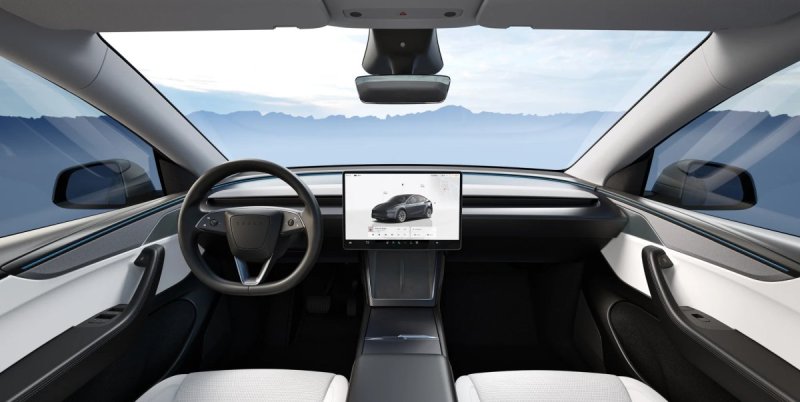
But in reality, owners found that the FSD features in their cars stayed in the Beta stage for a long time. What they got were basic functions like recognizing traffic lights and stop signs. This was far from the fully autonomous driving Tesla had promised. Many owners believed this was misleading and accused the company of false advertising.
Technical Limits Explain Why FSD Promises Could Not Be Met
HW3.0 hardware has a computing power of 144 TOPS, which means 144 trillion operations per second. The industry has moved forward, and Tesla later released HW4.0, which offers between 260 and 500 TOPS. This shows that HW3.0 does not have enough power to handle the full FSD features. These include advanced functions like complex city driving assistance, such as City NOA.
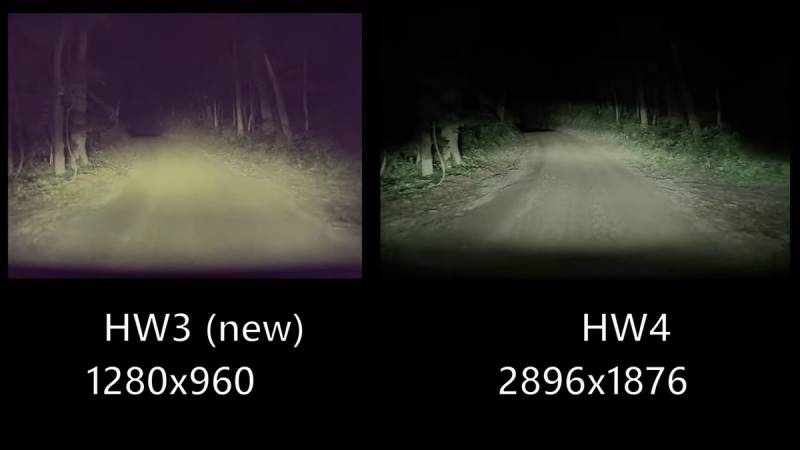
Tesla later upgraded some new models to HW4.0 hardware. They also offered a paid upgrade option for some owners, costing about $1,000. However, the court said this did not solve the main problem caused by the original HW3.0 promises. It was also not seen as a practical fix for all affected owners.
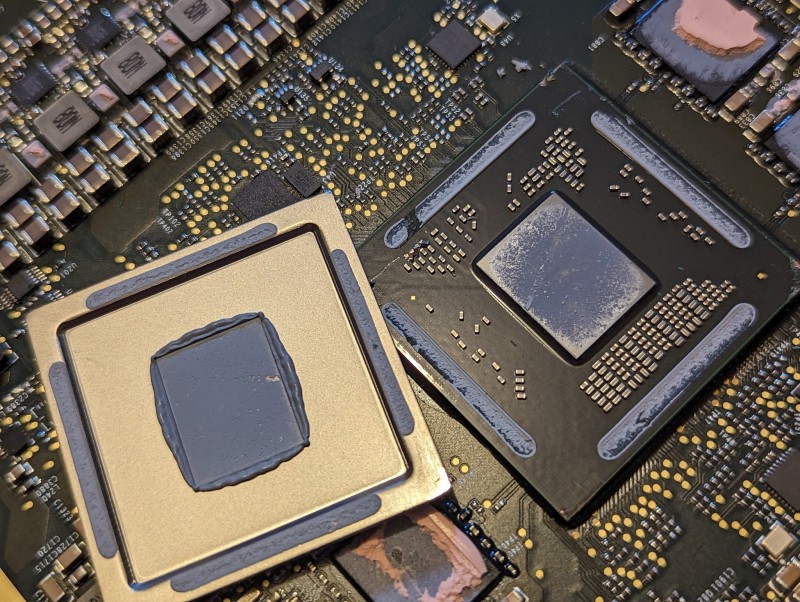
During the lawsuit, Tesla said FSD was a feature still being developed. They argued buyers should have known it was a work in progress. Functions would improve over time, but there were uncertainties.
However, the court found a big gap between Tesla’s promises and reality. Tesla had promised that cars with HW3.0 would get full FSD features. But they failed to deliver on that promise for a long time. Because of this, the court sided with the owners and approved their refund requests.
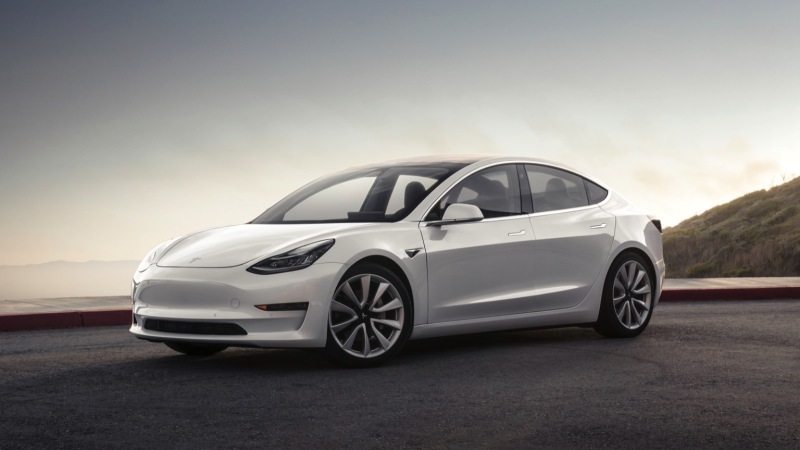
The Ruling Warns the Auto Industry to Avoid Overpromising
This ruling sends a clear warning to the global auto industry. It is especially important for companies that promote advanced driver assistance systems (ADAS) and self-driving technology.
The message is simple. When advertising features that rely on software updates and future improvements, companies must be careful with their wording. They need to clearly separate the current driver assistance functions from the goal of full self-driving. This helps avoid making promises they cannot keep.
If any infringement occurs, please contact us for deletion
Trending News

BYD Sealion 7 is not only cheaper than Tesla Model Y, what other differences do they have?
Is it better to buy the BYD Sealion 7 or the Tesla Model Y? This really makes one a bit hesitant, but before you make a decision, I recommend you take a good look at this article.

Toyota Land Cruiser FJ did not disappoint, the most anticipated civilian off-road vehicle is back.
Since its birth in 1951 under the name Toyota BJ, the Land Cruiser series has accumulated sales of approximately 12.15 million units in over 190 countries and regions worldwide, becoming a global off-road icon spanning more than 70 years.

2026 Toyota Hilux Travo released, the brand-new exterior and interior are highly anticipated
If you're considering buying a Hilux, honestly, the comprehensive innovations in the ninth generation are worth waiting for. While the current model might still have some advantages in terms of reliability and price, the new model offers significant changes in terms of exterior and interior luxury, tech features, and powertrain options.

In Malaysia, which sliding door MPVs are available?
The numerous advantages of sliding door MPVs make many people fond of this type of vehicle. However, MPVs are not a mainstream choice in the car market, so many people might not know which MPVs are available domestically.

Suzuki Fronx vs. Toyota Yaris Cross comparison, which one is more worth buying?
Compact SUVs are increasingly favored by consumers for their flexibility and fuel efficiency. Consequently, the Suzuki Fronx has also entered this market segment, attracting significant attention.
Popular Cars
Car Compare

